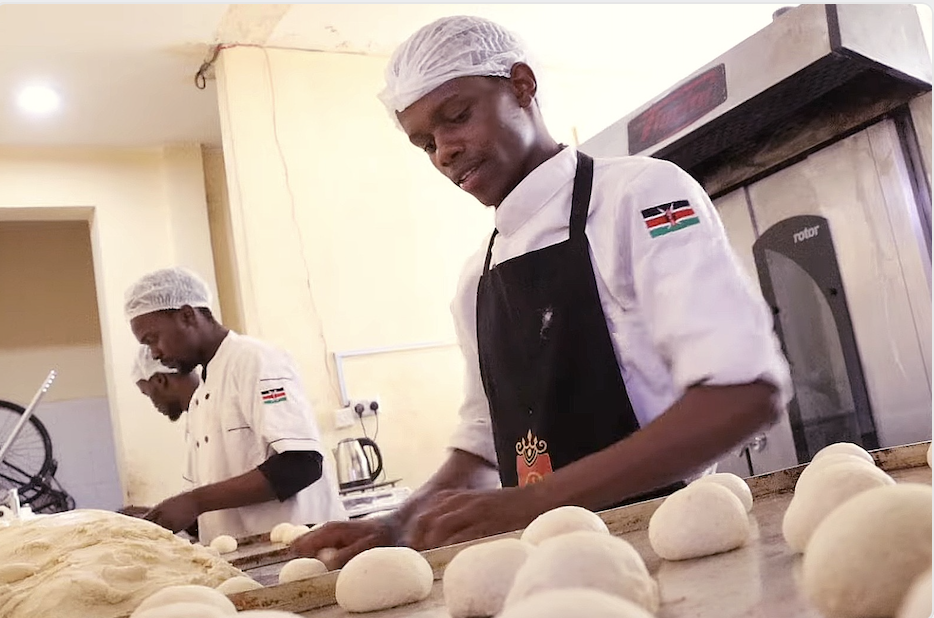The amazingly complex art of Moroccan mosaics
Some of the world’s most amazing examples of Islamic tile Mosaics, better known as kellij, are found in Morocco. This art of creating tiled patterns is a hallowed tradition in the North African country, and is passed on from generation to generation.
Making kellij requires the skills and knowledge of well-trained groups of people. Usually, it all starts with the mosaic artisan being commissioned by a client, who then specifies their preferences in terms of colour and size, as well as where the art will be placed. Once a design is decided upon, the artisan calculates the size and number of tiles that will be needed to come up with the pieces in the various shapes he will need. After this, the artist, known as ‘zlayji’, orders the tiles from a kiln where a potter will make the tiles using special clay which will allow the finished tiles to be broken into the necessary pieces.
The potter mixes recycled lead from battery acid with water and pigments to make the glaze. Traditional colours are sourced locally while the modern ones are imported.
Once the tiles have been baked severally, they move on to the next craftsman, the cutter. The cutter is a well-trained person, full of experience, who uses his tools to score the tiles and then break them along the lines into the various shapes needed. These then pass on to a finisher who smoothes the edges and makes sure the tiles will fit together perfectly once cement is applied. Finally, the finished tiles are packed according to colour and dispatched off to location, where a layout artist waits to put it all together. First he draws the design on the floor and then lays the tiles, glazed side down, in the correct positions. He has to do this right the first time since there is no way of checking the colours once the tiles are laid out. The arranged mosaic is then sprayed with powdered cement and covered with an adhesive backing and applied to the wall in one piece.
The Moroccan artists began creating their own versions of kellij as far back as the 11 century, inspired by the Roman mosaics. They began simple, with earthly shade of brown and white, but over the centuries expanded their palette to include other colours such as red, yellow, green, blue. In the present day, they even produce modern colours like turquoise and rose.
The strikingly beautiful designs can be seen covering water fountains, interior walls, mosques and tombs in Morocco where the craft is very much alive today.
Kellij began to flourish in Morocco in the 14th century when Islamic moors ferried the art of pottery glazing into Spain and Portugal where it inspired the famous painted Azulejo tiles. The practice continues, with Moroccans commissioning as much kellij in their homes as they can afford.
Furniture, walls, water fountains, pillars, ceilings, and in some instances floors covered in kellij are very common sights in the country. The art is associated with beauty and class.
Unlike the Roman mosaics that inspired them, Moroccan versions form abstract patterns and designs, never pictures of living things. Islamic art is known to avoid creating realistic pictures of nature believing that doing so is equal to idolatry. They however believe that using art to achieve abstract patterns encourages the mind to contemplate the perfection of God.
Still, in as much as the Moroccan kellij heavily incorporates Islam influence, their designs also have roots in the pre-Islamic Berber culture of North Africa. It is from this culture that the mosaics draw their straight lines and hard edges, in contrast to the circular patterns found in the Middle East.









